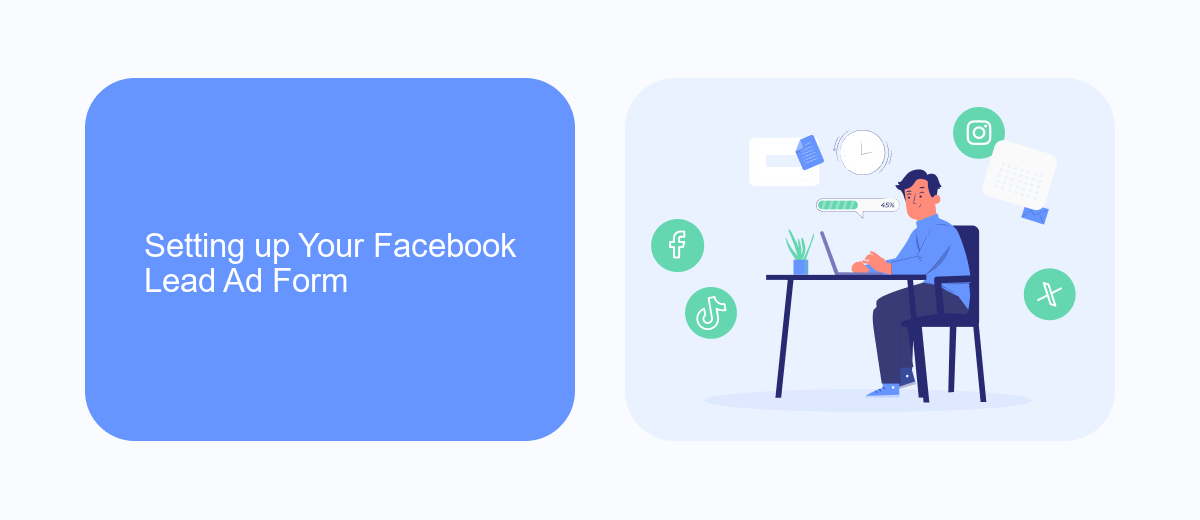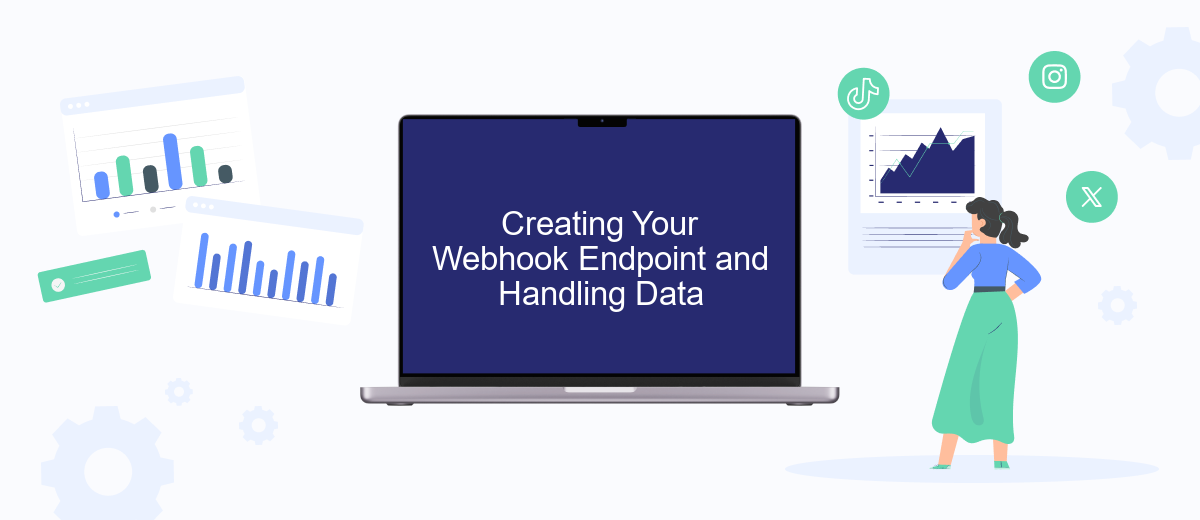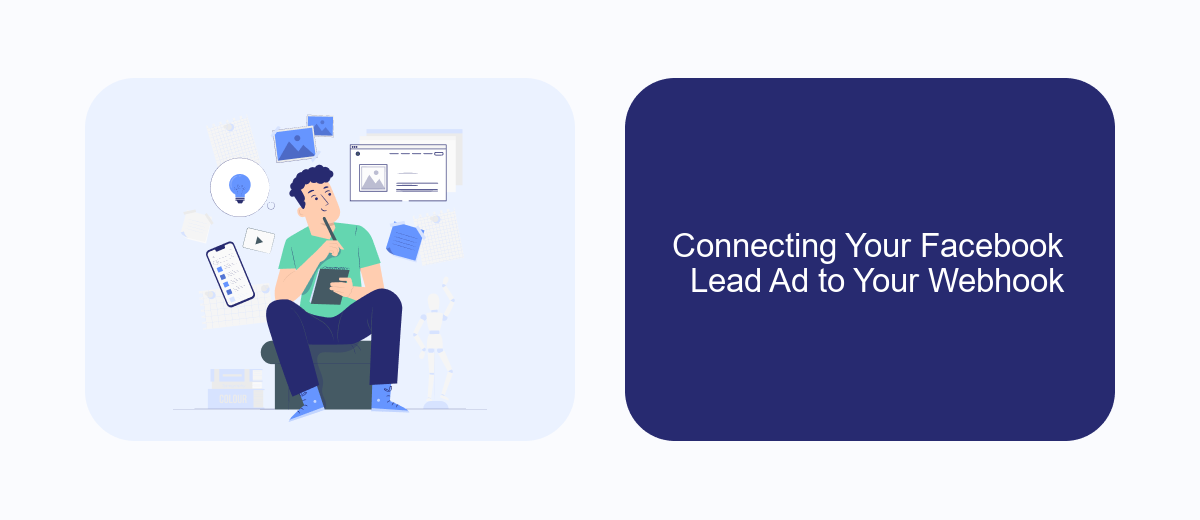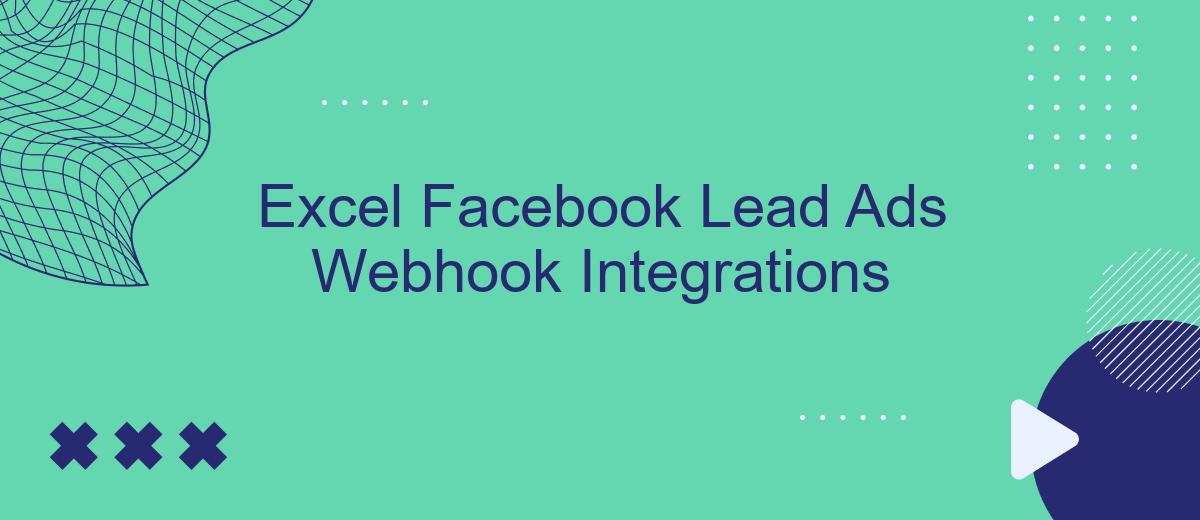In today's digital marketing landscape, integrating Excel with Facebook Lead Ads through webhooks is a game-changer for businesses seeking to streamline their data management processes. This powerful integration enables real-time data transfer, allowing marketers to efficiently organize and analyze leads directly within Excel. By automating this workflow, businesses can enhance their lead management strategies, improve response times, and ultimately boost their conversion rates.
Understanding Facebook Lead Ads and Webhooks
Facebook Lead Ads are a powerful tool for businesses to connect with potential customers by collecting their contact information directly through Facebook. These ads appear in users' news feeds and allow them to submit their details with just a few clicks, streamlining the lead generation process. However, managing and processing these leads efficiently requires integration with external systems, which is where webhooks come into play.
- Webhooks are automated messages sent from apps when something happens, providing real-time data transfer.
- They enable seamless communication between Facebook Lead Ads and other platforms, such as CRM systems or email marketing tools.
- Webhooks ensure that businesses can instantly receive and act on new leads, improving response times and conversion rates.
Integrating Facebook Lead Ads with webhooks allows businesses to automate their lead management process, ensuring that no potential customer is overlooked. By connecting these two powerful tools, companies can enhance their marketing strategies, optimize their workflows, and ultimately increase their return on investment. Understanding how to leverage this integration is crucial for businesses aiming to maximize the potential of their lead generation efforts.
Setting up Your Facebook Lead Ad Form

To begin setting up your Facebook Lead Ad Form, navigate to your Facebook Ads Manager and select the campaign you wish to use. Click on the 'Create' button and choose 'Lead Generation' as your marketing objective. You will then be prompted to select your Facebook Page and agree to the Lead Ad Terms of Service. This step is crucial as it ensures you comply with Facebook’s guidelines for collecting and using lead data.
Next, design your lead ad form by selecting 'Create Form'. Customize your form by adding questions that are relevant to your target audience. You can choose from multiple-choice questions, short answer fields, or even conditional questions based on user responses. To streamline the integration process, consider using SaveMyLeads, a service that automates data transfer from Facebook Lead Ads to your CRM or email marketing platform. This ensures that your leads are efficiently managed and nurtured, allowing you to focus on optimizing your marketing strategy.
Creating Your Webhook Endpoint and Handling Data

To effectively integrate Facebook Lead Ads with Excel, the first step is creating a webhook endpoint to receive data. A webhook acts as a bridge between Facebook and your server, automatically pushing lead information to your specified URL. This requires a server capable of handling HTTPS requests and processing JSON data.
- Set up a server using a platform like AWS, Heroku, or a local server environment.
- Develop a script to handle incoming POST requests. This script should parse the JSON payload and extract relevant lead data.
- Secure your webhook by verifying requests from Facebook using a verification token.
- Test your webhook endpoint to ensure it correctly receives and processes data.
Once your webhook is operational, you can focus on handling the incoming data. Store the extracted information in a structured format, such as a database or directly into an Excel sheet. This setup not only automates data collection but also streamlines the process, allowing for real-time updates and efficient lead management.
Connecting Your Facebook Lead Ad to Your Webhook

Integrating your Facebook Lead Ads with a webhook allows you to automate the process of capturing and processing leads in real time. This setup ensures that every lead generated through your ad is instantly sent to your chosen endpoint, facilitating seamless data flow and immediate follow-up actions. To achieve this, you need to connect your Facebook Lead Ad to a webhook, which involves a few straightforward steps.
Firstly, ensure that you have a webhook URL ready, which will receive the data from your Facebook Lead Ad. This URL typically belongs to a server or a service that can handle incoming HTTP requests. Once you have your webhook URL, you can proceed with the integration process within Facebook's platform.
- Navigate to your Facebook Ads Manager and select the ad campaign you want to integrate.
- Go to the 'Lead Setup' section and click on 'Create Lead Notification'.
- Enter your webhook URL and configure the necessary parameters, such as HTTP method and headers.
- Test the integration to ensure that data is being sent correctly to your webhook.
After successful testing, your Facebook Lead Ad is now connected to your webhook. This setup not only streamlines your lead management process but also enhances your ability to respond quickly to potential customers, improving your overall marketing efficiency.
- Automate the work with leads from the Facebook advertising account
- Empower with integrations and instant transfer of leads
- Don't spend money on developers or integrators
- Save time by automating routine tasks
Testing and Troubleshooting Your Integration
Once your Excel Facebook Lead Ads integration is set up, it's crucial to test its functionality to ensure seamless data transfer. Begin by creating a test lead in Facebook Lead Ads and verify if the data appears correctly in your Excel spreadsheet. This initial test helps confirm that the webhook connection is active and that data mapping is accurate. If you encounter any issues, double-check the configurations, such as access permissions and the correct mapping of fields between Facebook and Excel.
Troubleshooting your integration can be simplified using tools like SaveMyLeads, which provide intuitive interfaces for managing and monitoring your data flows. SaveMyLeads offers real-time error notifications and detailed logs that help identify where the integration might be failing. If discrepancies in data appear, utilize these logs to pinpoint the problem and make necessary adjustments. Regularly review and update your integration settings to accommodate any changes in your lead ad forms or Excel templates, ensuring the integration remains effective over time.
FAQ
How can I integrate Facebook Lead Ads with Excel using webhooks?
What are the benefits of using webhooks for Facebook Lead Ads to Excel integration?
Is it possible to filter the data sent from Facebook Lead Ads to Excel?
What should I do if the data is not appearing in Excel after setting up the integration?
Can I customize the format of the data transferred to Excel?
Use the SaveMyLeads service to improve the speed and quality of your Facebook lead processing. You do not need to regularly check the advertising account and download the CSV file. Get leads quickly and in a convenient format. Using the SML online connector, you can set up automatic transfer of leads from Facebook to various services: CRM systems, instant messengers, task managers, email services, etc. Automate the data transfer process, save time and improve customer service.

